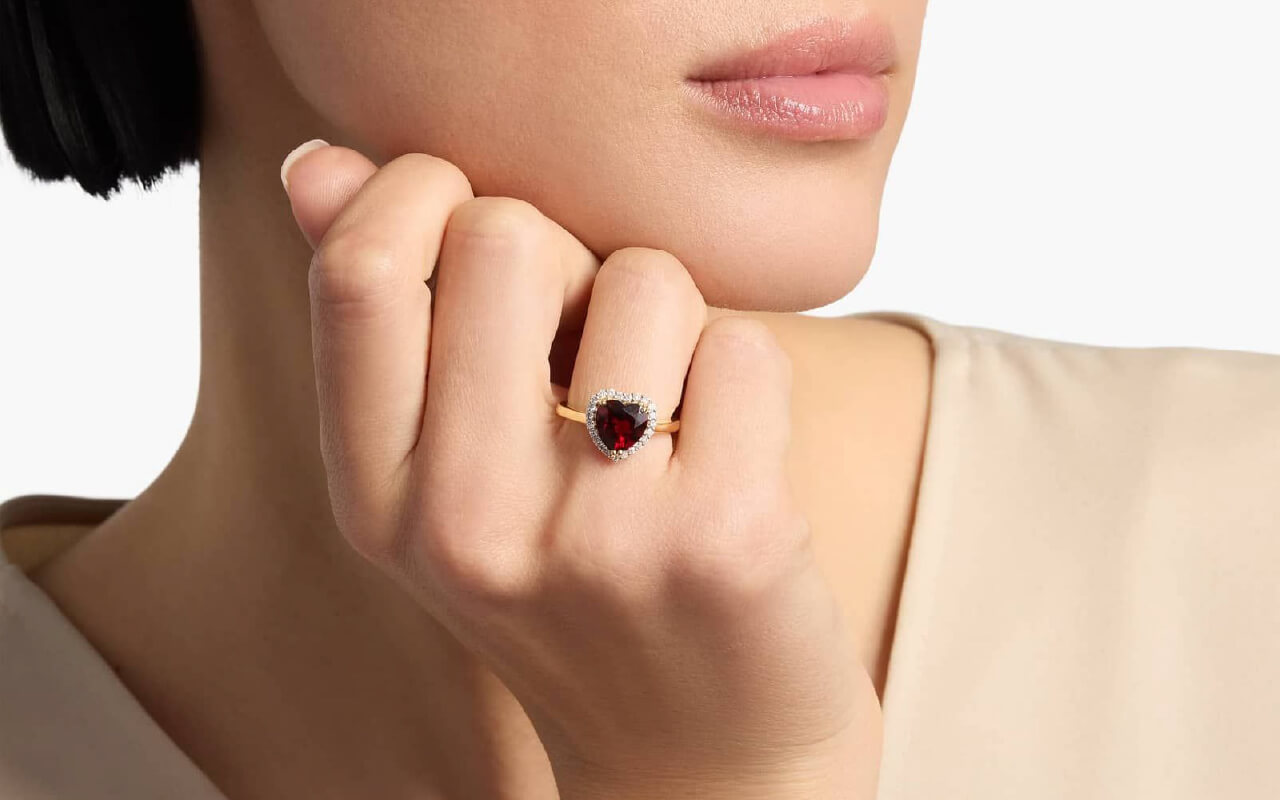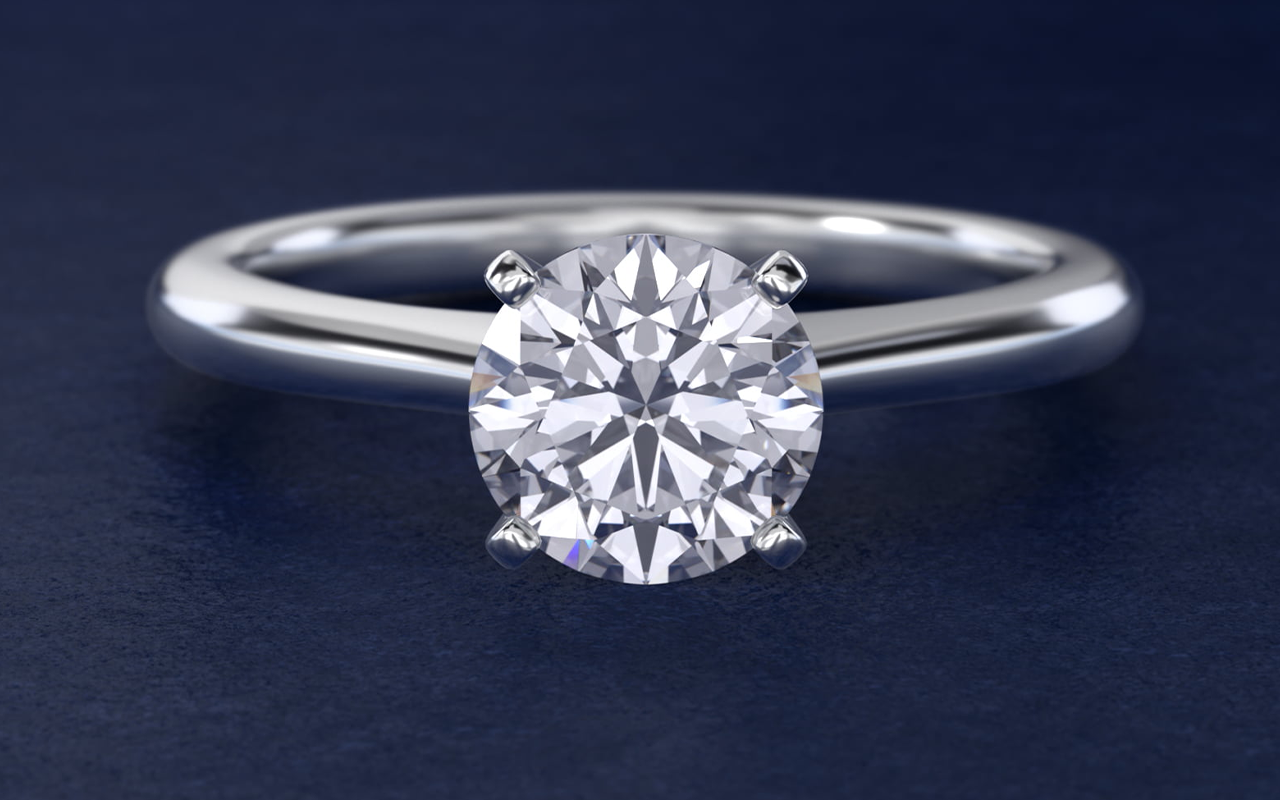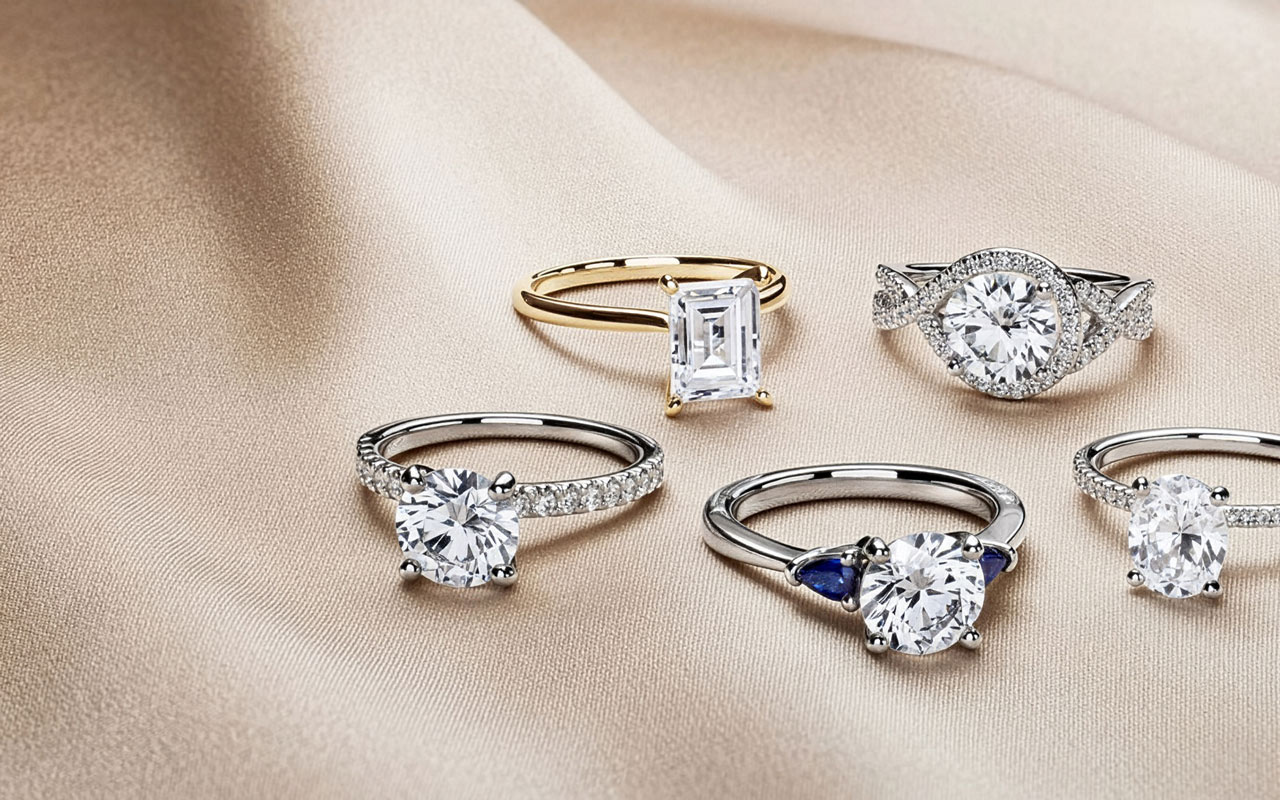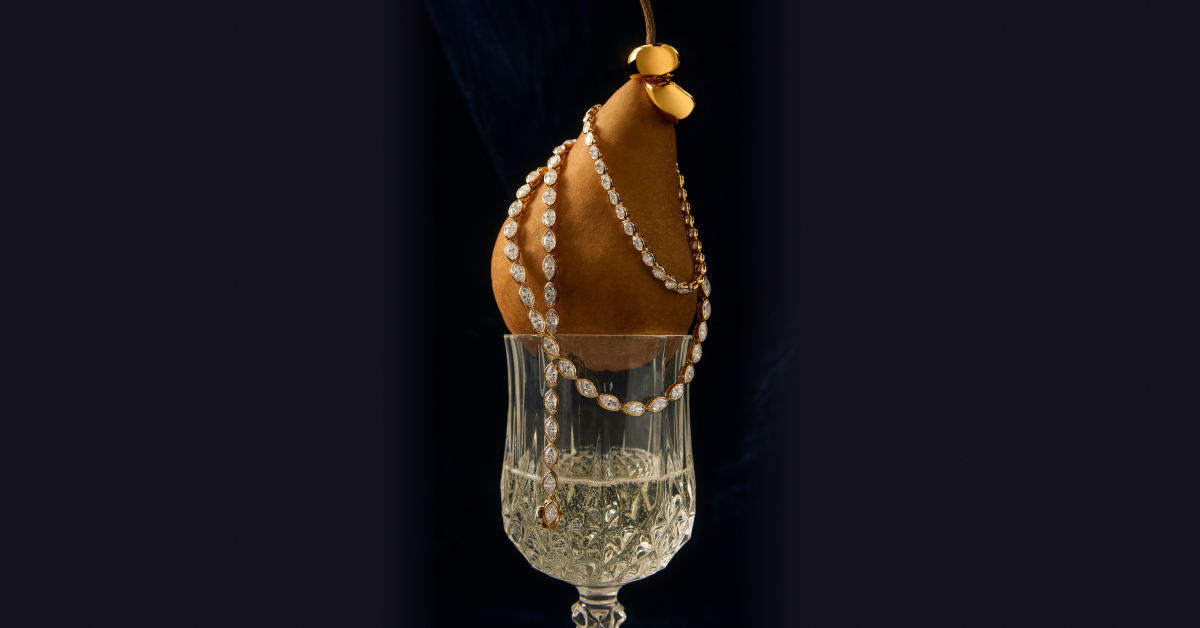Image Source: Tahlia Doyle
For centuries, people have loved the durability and beauty of gold jewelry. Whether yellow, white or rose gold, this precious metal is the perfect choice for engagement rings and other fine jewelry styles. With easy maintenance, it can be worn daily.
Though solid gold jewelry is the most common choice, there are some modern and vintage jewelry pieces that feature gold plating instead. We’re sharing the truth about gold plated jewelry, also known as vermeil, and what it means for the longevity of these styles.
What is Gold Plated Jewelry or Gold Vermeil?
Gold plating is a jewelry making technique in which a base metal is covered with a thin layer of gold. This is done through an electrochemical process that adds a small amount of real gold to the surface of another metal like silver, copper, nickel or brass. When silver is coated with gold, it is often called gold vermeil or silver gilt.
The gold plating process deposits a thin layer of gold onto whichever base metal is being used. This plating is usually less than 0.5 microns thick, but it can be up to 2.5 microns for jewelry with heavier coatings. A micron is a unit of measurement equal to one millionth of a meter, it’s also called a micrometer. The gold on plated jewelry is usually 0.5 to 2.5 microns thick and a sheet of plain paper is around 70 microns thick.
Different Types of Gold Plated Jewelry
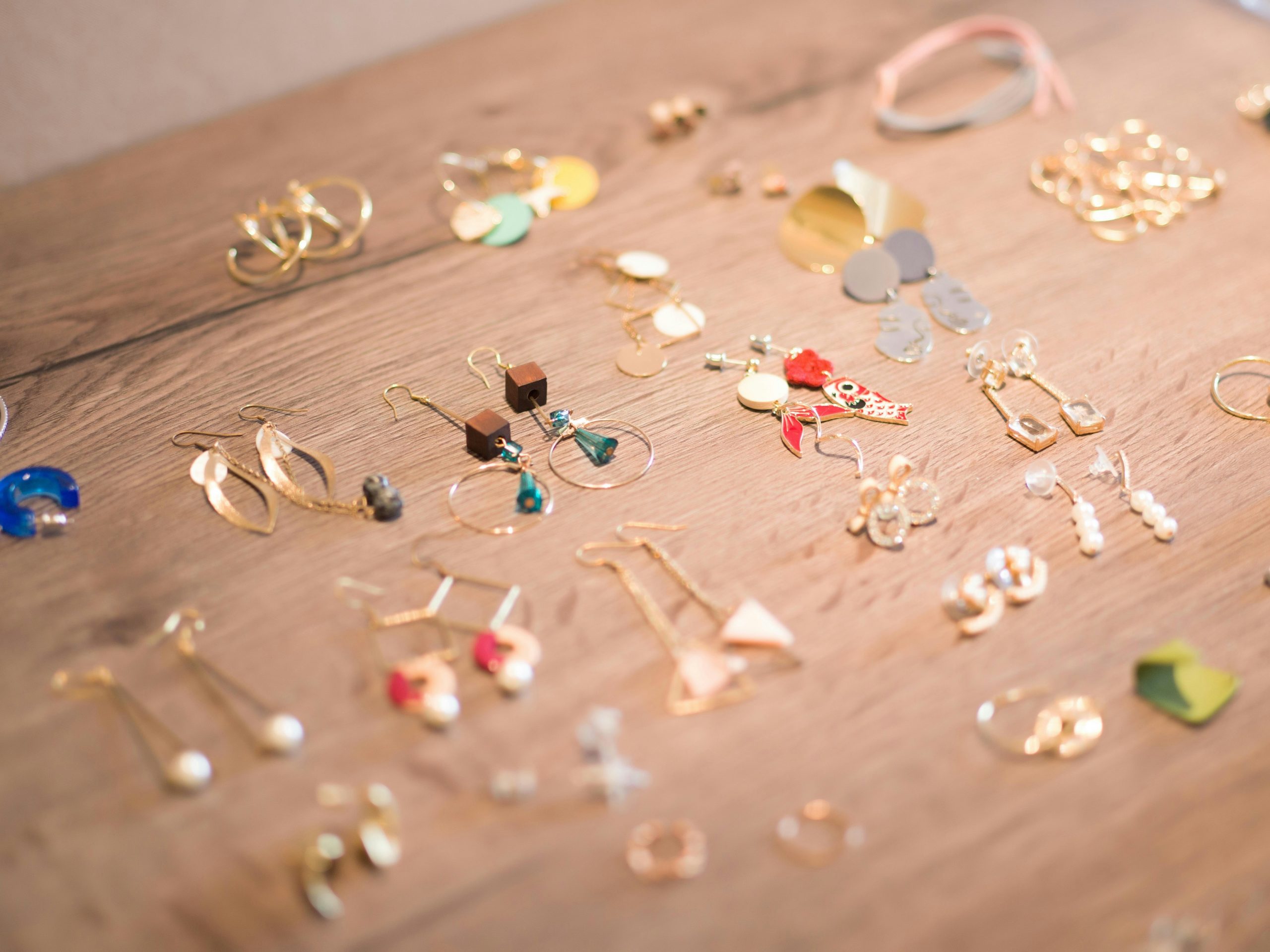
Image Source: Edwin Chen
You may have seen different words to describe gold plating. Common terms are vermeil, gold filled, gold plated and gold electroplated. All of these terms describe gold plated jewelry, just with different thicknesses for the gold. They all feature a base metal with gold on top, though some different techniques can be used.
Gold Vermeil
One of the thickest of the modern gold plated styles, vermeil is usually around 2.5 microns thick. This creates a rich gold color that’s stronger than other plating types, though it is still susceptible to the eventual fading that happens with plated jewelry. Without a barrier metal between the gold and silver, the silver’s atoms can eventually diffuse into the gold layer which can speed up fading. General wearing away of the gold can also happen, even with the thickness of the gold layer in vermeil.
Gold Filled
Another thick plating option, gold filled jewelry features a base metal (most commonly brass) that’s covered with a gold coating at least 2 microns thick. This process is done by mechanically bonding a layer of gold to another metal rather than electroplating. Other terms for gold filled jewelry include rolled gold and gold bonded.
To qualify as gold filled jewelry, solid gold must account for at least 5% of the jewelry’s weight. This means that gold filled jewelry has a thicker coating than other plating types. Still, it is only a plating that can wear away. If you are allergic to the base metals used, you may experience skin irritation when wearing this jewelry, especially as its plating wears away.
Gold Plated and Gold Electroplated

Image Source: Saeed Anahid
Gold plated and gold electroplated are the terms for the most common types of gold plated jewelry. Electroplating is simply the process that adds plating to the jewelry. The gold is usually 0.5 microns thick for gold plated or electroplated pieces, with thicker gold coatings having their own names.
Gold Filled vs Gold Plated
Both gold filled and gold plated describe jewelry styles in which a base metal is covered in a relatively thin layer of gold. Gold plated styles are made by electroplating gold onto its base metal, while gold filled is done with a more mechanical process.
Gold plated is typically several times thinner than gold filled, but both are thin enough to wear off on their own over time. They both require additional care beyond solid gold and they will fade over time, revealing the base metal beneath.
The History of Gold Vermeil and Gold Plated Jewelry
The technology behind gold plated jewelry is credited to Italian chemist Luigi Brugnatelli. In 1805, he discovered the process for electroplating. It was quickly adopted for jewelry styles, with many Victorian jewelry pieces using gold plating.
It stayed popular over the years and into modern day, due to the greater affordability of this jewelry. Just as in Victorian times, people are drawn to the big impact these thin gold plating styles can make on jewelry. But when you look at many well-worn pieces from years past, it’s clear that the plating fades as time goes on.
Drawbacks of Gold Plated Jewelry
Vermil, gold filled and gold plated jewelry have several disadvantages when compared to solid gold jewelry. Key drawbacks of gold plated jewelry include:
- Fading of the gold plating, resulting in deterioration of the piece over time.
- Fragile construction, many gold plated jewelry items can’t get wet and are easily damaged.
- Quick irritation for many skin types because many of the base metals aren’t used in hypoallergenic jewelry.
- Pieces are more susceptible to wear and tear.
- Expensive prices for the amount of gold in the jewelry.
- Reduced flexibility for repairs, reworking or resale.
While solid gold can be transformed, repaired and revied into new styles by expert jewelers, gold plated jewelry is often more difficult to work with. Some pieces may be repaired, but others are worth far less than their repair costs, making them difficult to repair or redesign.

Jewelry with gold plating, gold vermeil or gold filled coatings may look similar to the real thing, but at their core they are not gold. They do not offer the durability, ease of wear and strength that solid gold offers. While solid gold retains its color with proper care, all plated pieces are destined to fade over time. If you are searching for gold jewelry that will withstand the test of time, solid gold is the best way to go.
Questions and Answers About Gold Vermeil and Plated Jewelry
Alternatives to Gold Vermeil and Gold Plated Jewelry
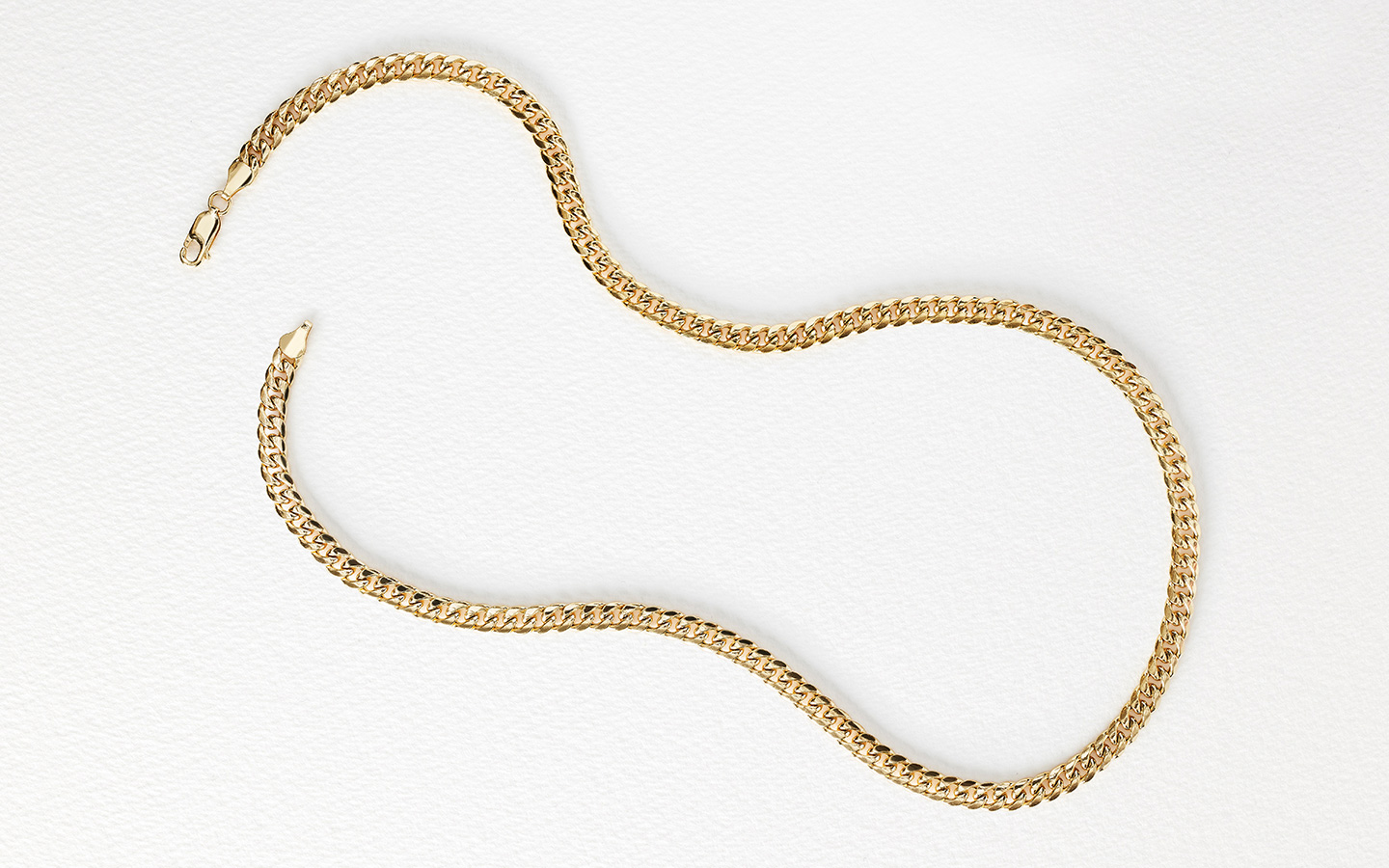
If you’re searching for jewelry that’s durable, stylish and built to last, solid gold is the best choice. To keep budget in mind, pick jewelry that has a smaller scale. Lighter pieces including stacking rings, chain-focused gold bracelets, dainty gold necklaces and simple gold earrings all offer the iconic style of this popular metal.





